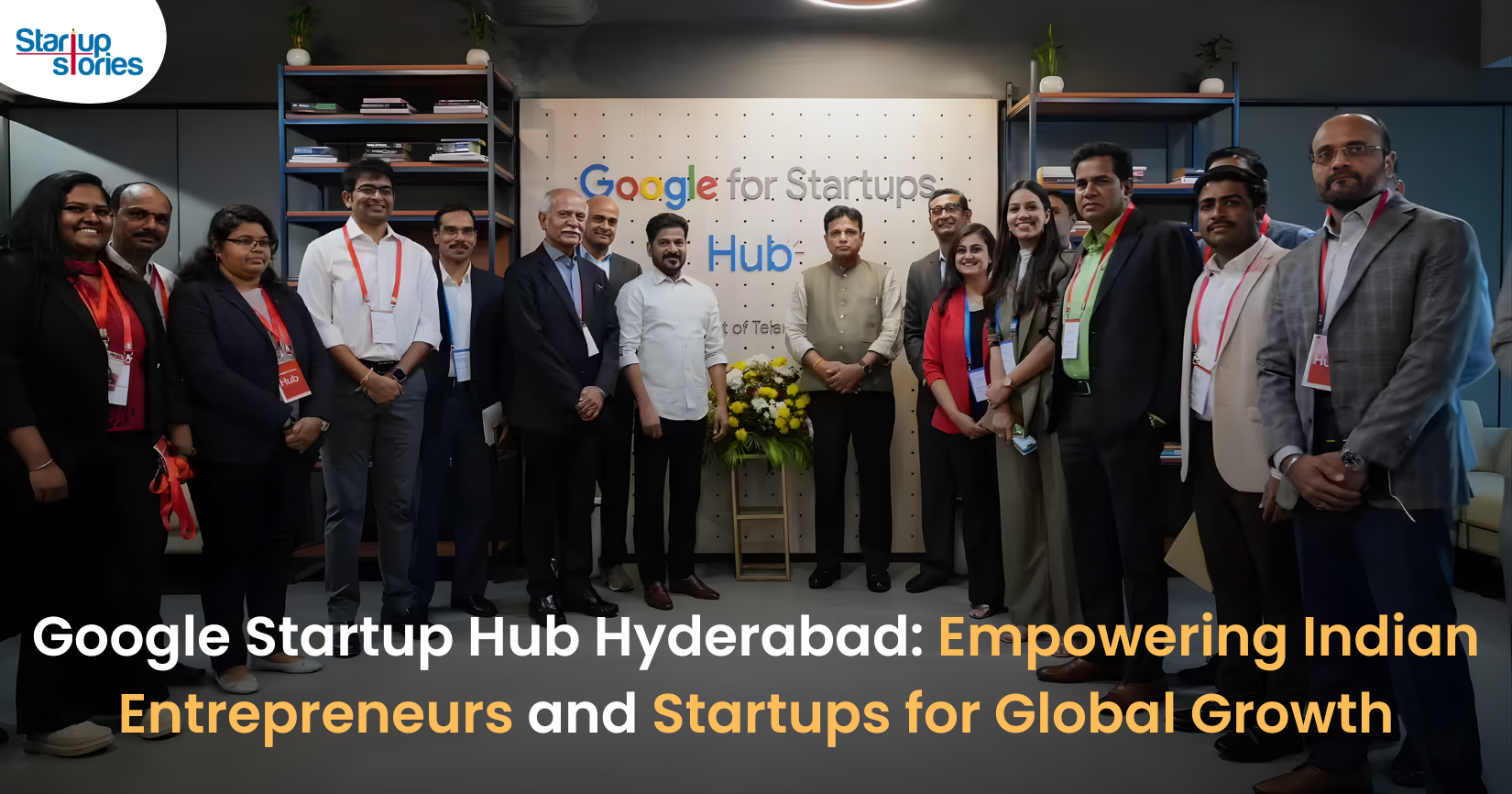Technology
Instagram Updates 2019

With almost a billion active users, Instagram has become the world’s most popular social media platform. Instagram first started as a simple platform which allowed people to share photos, but over the years, it has grown to become one among the most popular apps in the world. To cope with the ever increasing popularity, Instagram is constantly changing, adding new features, removing some old features and switching up their algorithm. With every update the app has something new to offer to its users.
At this year’s F8 Conference, Instagram made announcements for some major changes it is going to bring to the app. Here is a list of a few of them:
1) Instagram Stories camera

The first new Instagram feature is a refurbished camera with a new camera mode called “Create.”
The new camera will feature a mode switcher which will make it easier to find all the creative tools. In the Camera mode, you can swipe right to access all the different shooting modes like Boomerang, Rewind and Superzoom. When you swipe left, you can access all the creative tools like stickers and GIFs.
2) Hidden like count

Instagram announced it is testing a new feature which will hide the number of likes on your photos.
According to Adam Mosseri, Head of Instagram, this new feature can take away the pressure people feel to get more likes on their posts. With the test, Instagram plans to remove the total number of likes from photos and videos which show up on your page. It will only show a call out of the people who have liked the photo but not the exact number of likes. However, on demand, the owner of the photo or video will be able to see the total number of likes.
3) Users can now buy products from their favourite Instagram influencers

Influencers are a huge part of Instagram and they can drive massive sales for brands.
The new Instagram update will let creators tag the products they are wearing or using on Instagram. This link will directly take users to the product page for instant checkout.
This new Instagram feature could be a big game changer for brands working with influencers.
4) All new creator profiles

Just like business profiles, influencers will now be able to switch to creator profiles.
This feature will give them access to some exclusive features and in depth analysis. They will also be able to access Instagram Creator Studio from desktop, which will have a wide range of analytics metrics.
5) Donation sticker for Instagram stories

With this new Donation sticker, it is much easier to raise money for non profit purposes from within the app.
Simply open the camera, take a photo and select the Donation sticker.
You can then customize and select the cause you support and upload the story. Hundred percent of the money you raise will go to the causes you support.
6) Force posts from influencers into your feed

Instagram is now going to show posts from influencers in your feed even if you do not follow them.
Typically, Instagram shows posts from people you follow in your feed along with some ads. However, this is going to change with the next Instagram update. Apparently, influencers can pay to promote their branded content and they will appear in your feed. Instagram confirmed, these paid posts will appear in your feed and your stories in the coming weeks.
This year, Instagram has brought some great features our way and at the F8 Conference, Instagram also mentioned it is testing some features like “Away Mode” and “Nudge.”
While these updates might be extremely beneficial for influencers and businesses, we will have to wait and see how these updates will be received by the regular Instagram users.
News
Google Launches Startup Hub in Hyderabad to Boost India’s Innovation Ecosystem

Google has launched the Google Startup Hub Hyderabad, a major step in strengthening India’s dynamic startup ecosystem. This new initiative aims to empower entrepreneurs, innovators, and developers by giving them access to Google’s global expertise, mentoring programs, and advanced cloud technology. The hub reflects Google’s mission to fuel India’s digital transformation and promote innovation through the Google for Startups program.
Located in the heart of one of India’s top tech cities, the Google Startup Hub in Hyderabad will host mentorship sessions, training workshops, and networking events designed for early-stage startups. Founders will receive Google Cloud credits, expert guidance in AI, product development, and business scaling, and opportunities to collaborate with Google’s global mentors and investors. This ecosystem aims to help Indian startups grow faster and compete globally.
With Hyderabad already home to tech giants like Google, Microsoft, and Amazon, the launch of the Google Startup Hub Hyderabad further cements the city’s position as a leading innovation and technology hub in India. Backed by a strong talent pool and robust infrastructure, this hub is set to become a growth engine for next-generation startups, driving innovation from India to global markets.
Technology
Jio Unveils Cloud PC Service to Bring Affordable Computing to Indian Households

- Jio Platforms has launched JioPC, a cloud-based virtual desktop service that transforms any television connected to a Jio Set Top Box into a fully functional computer.
- Users simply connect a keyboard and mouse to access a desktop-like environment, complete with web browsing, productivity tools, and educational apps—all without needing a physical PC or extra hardware.
- The service is device-agnostic and works with all consumer PC brands, making advanced computing accessible and affordable for millions across India.
JioPC is designed to support a wide range of activities, from professional work to online learning and creative projects. By leveraging Jio’s robust cloud infrastructure, users can run even compute-intensive AI applications directly from their TV screens. The platform also ensures data security and reliability, as all files and settings are safely stored in the cloud, protecting users from data loss even if their device is reset or replaced.
With JioPC, Jio aims to democratize digital access and bring high-performance computing to Indian households at a fraction of the traditional cost. The service supports popular productivity suites like LibreOffice and Microsoft Office online, and Jio is offering a free trial to encourage users to experience the benefits firsthand. This innovative move is set to reshape how people in India work, learn, and connect in the digital age.
Technology
WhatsApp Introduces Ads in Updates Tab, Keeps Chats Ad-Free

Meta has officially begun rolling out ads on WhatsApp, ending over a decade of an ad-free experience since its acquisition in 2014. The advertisements will appear only in the Updates tab, specifically within the Status feature, which lets users share photos, videos, and text updates that disappear after 24 hours—similar to Instagram Stories.
Where Ads Will Appear
- Ads will be visible exclusively in the Status section of the Updates tab, keeping personal and group chats ad-free.
- Businesses can use these ads to encourage users to interact via WhatsApp messaging.
- Meta is also introducing paid channel subscriptions and promoted channels within the Updates tab, allowing users to access premium content and discover new channels more easily.
Privacy and Targeting
Meta has emphasized that private messages, calls, and group chats will remain end-to-end encrypted and free from advertising. Ads will be personalized using limited, non-sensitive data such as location, language, followed channels, and ad interactions. Users can further manage ad preferences if they link WhatsApp to Meta’s Accounts Center.
User and Business Impact
The move marks a major shift for WhatsApp, which has long resisted advertising to preserve a clean messaging experience. While some users have criticized the change, Meta sees this as a significant opportunity to monetize WhatsApp’s 3 billion users and over 200 million businesses on the platform.
In summary, WhatsApp’s new ads will be confined to the Updates tab, ensuring personal messaging remains private and uninterrupted, while opening new monetization avenues for Meta and businesses.













Qynxyenx
May 25, 2025 at 10:16 pm
Explore the ranked best online casinos of 2025. Compare bonuses, game selections, and trustworthiness of top platforms for secure and rewarding gameplaycrypto casino.
qhbyahvre
July 22, 2025 at 8:04 pm
Roobet’s Mission Uncrossable is designed with safety and trustworthiness in mind. As part of Roobet’s platform, the game is provably fair, meaning players can independently verify the fairness of each game outcome, just as you can with any Roobet game download. Roobet uses blockchain technology to ensure transparency and security in all transactions, giving players confidence that their bets and winnings are handled securely. Additionally, Roobet’s reputation as a trusted crypto casino adds an extra layer of assurance for players, making Mission Uncrossable game for money a safe and reliable gaming experience. To begin your journey, visit Roobet and locate Mission Uncrossable in the game library. If you’re new, create an account and deposit funds using Bitcoin, Ethereum, or Litecoin.
https://loughnanesjoinery.com/uncategorized/big-bass-bonanza-demo-uk-try-it-before-you-spin-for-real/
рџ“€ You place your bet, then watch your potential winnings rise via a multiplier. The aim is to cash out at the right time—before the multiplier crashes. If you cash out too late, you could lose everything. A deposit online casino voicify australia-20-dollar-deposit-casinos in Australia lets players enjoy games with a minimum deposit, offering an affordable gaming experience. To begin your journey, visit Roobet and locate Mission Uncrossable in the game library. If you’re new, create an account and deposit funds using Bitcoin, Ethereum, or Litecoin. You can email the site owner to let them know you were blocked. Please include what you were doing when this page came up and the Cloudflare Ray ID found at the bottom of this page. Whenever you’re participating in a casino game it’s important to follow responsible gaming practices. This includes setting a budget and sticking to it. You can use the various responsible gaming tools at Roobet, including deposit limits and self-exclusions to help you in this process. Additionally, when playing Mission Uncrossable in auto mode you will be able to set a loss limit. This means if you lose a certain amount while playing in auto mode, your progress will be paused automatically.
J88
November 5, 2025 at 8:31 pm
Đến với J88, bạn sẽ được trải nghiệm dịch vụ cá cược chuyên nghiệp cùng hàng ngàn sự kiện khuyến mãi độc quyền.
Kuwin
November 7, 2025 at 9:10 am
kuwin sở hữu kho game đa dạng từ slot đến trò chơi bài đổi thưởng, mang đến cho bạn những giây phút giải trí tuyệt vời.
站群程序
November 9, 2025 at 12:54 am
搭载智能站群程序,自动化搭建与管理,为SEO项目提供核心驱动力。站群程序
GO88
November 11, 2025 at 8:17 pm
Tham gia cộng đồng game thủ tại Go88 để trải nghiệm các trò chơi bài, poker phổ biến nhất hiện nay.
MM88
November 19, 2025 at 9:37 pm
Khám phá thế giới giải trí trực tuyến đỉnh cao tại MM88, nơi mang đến những trải nghiệm cá cược thể thao và casino sống động.
MM88
November 22, 2025 at 1:41 am
Với giao diện mượt mà và ưu đãi hấp dẫn, MM88 là lựa chọn lý tưởng cho các tín đồ giải trí trực tuyến.
iwin
December 1, 2025 at 6:05 pm
iwin – nền tảng game bài đổi thưởng uy tín, nơi bạn có thể thử vận may và tận hưởng nhiều tựa game hấp